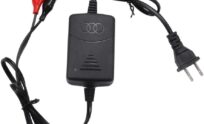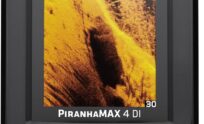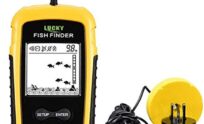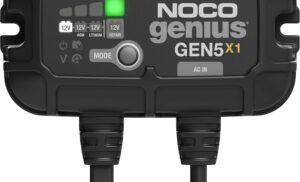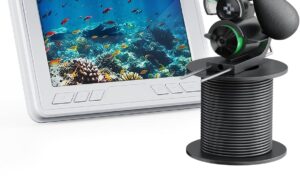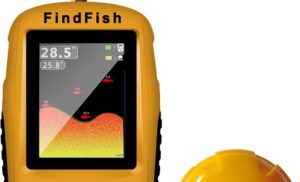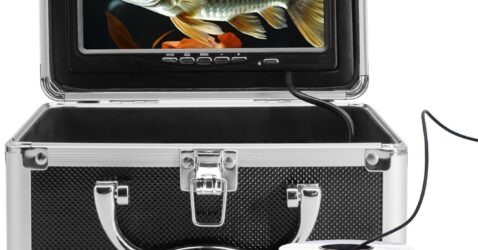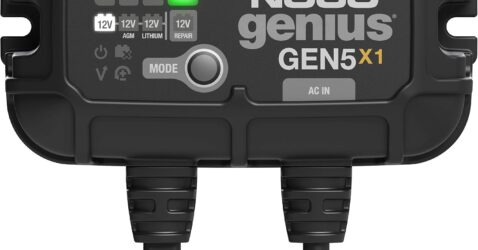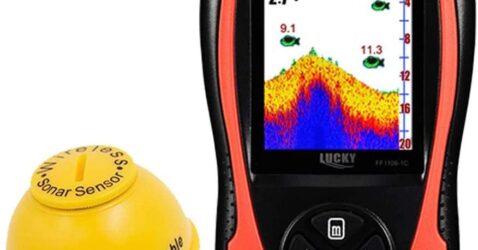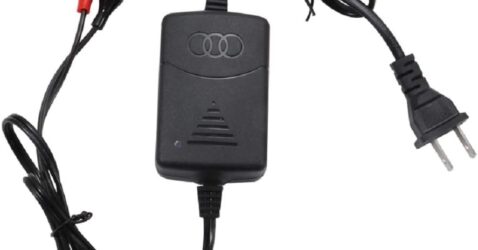From Shore to Sea: Ensuring Reliable Power with Fish Finder Battery Connections
From Shore to Sea: Ensuring Reliable Power with Fish Finder Battery Connections
In the world of fishing, technology has revolutionized the way anglers approach their craft. One of the most significant advancements has been the development of fish finders, devices that allow fishermen to locate fish beneath the water’s surface with remarkable accuracy. However, like any piece of technology, fish finders are only as good as their power source. Ensuring reliable power through proper battery connections is crucial for maximizing the effectiveness of these valuable tools — and this article explores the importance of fish finder battery connections and how to ensure they remain reliable from shore to sea.
Understanding Fish Finder Power Requirements
Fish finders come in a variety of models, each with different power requirements. Most portable fish finders operate on 12-volt systems, which are standard for many marine electronics. However, the power draw of these devices can vary significantly based on features such as screen size, sonar technology, and additional functionalities like GPS or chart plotting.
Before heading out on the water, it is essential to understand the power requirements of your specific fish finder model. This information is usually available in the user manual or on the manufacturer’s website. Knowing the voltage and amperage needs will help ensure you choose the right battery and connections for your fishing adventures.
Choosing the Right Battery
The first step in ensuring reliable power is selecting the appropriate battery for your fish finder. The two most common types of batteries used in marine applications are lead-acid and lithium-ion.
-
Lead-Acid Batteries: These are the traditional choice for marine applications. They are relatively inexpensive and come in two types: flooded and sealed (AGM or gel). While lead-acid batteries are reliable, they tend to be heavier and can lose capacity if not properly maintained.
- Lithium-Ion Batteries: These are becoming increasingly popular due to their lightweight and compact design. Lithium-ion batteries can provide more power with less weight and have a longer lifespan compared to lead-acid batteries. However, they come at a higher price point, so anglers must weigh the benefits against their budget.
Regardless of the type chosen, it’s critical that the battery can provide sufficient capacity (measured in amp-hours) to support the fish finder for the duration of the fishing trip.
Ensuring Secure Connections
Once the right battery is selected, the next step is to ensure secure and reliable connections between the battery and the fish finder. Poor connections can lead to intermittent power loss, which can be frustrating, especially when trying to identify the best fishing spots. Here are some tips for ensuring optimal connections:
-
Use Quality Connectors: Invest in high-quality connectors that are designed for marine applications. Corrosion-resistant materials, such as nickel-plated connectors, can help extend the life of the connections and ensure reliable performance.
-
Check for Corrosion: Regularly inspect the battery terminals and connections for signs of corrosion. Corrosion can impede electrical flow and lead to voltage drops. If any corrosion is found, clean the terminals with a wire brush and apply a corrosion inhibitor to prevent future buildup.
-
Tighten Connections: Loose connections can cause voltage drops and intermittent power issues. Make sure all connections are snug and secure, using the appropriate tools to tighten them without over-torquing.
- Use Proper Gauge Wire: The wire gauge used for connections can significantly impact performance. Thicker wires (lower gauge numbers) can carry more current with less resistance. Refer to a wire gauge chart to determine the appropriate wire size for your fish finder’s power needs.
Battery Maintenance
Proper maintenance of the battery is essential for ensuring reliable power throughout its lifespan. Here are a few maintenance tips:
-
Regular Charging: Always ensure that the battery is fully charged before heading out. For lead-acid batteries, avoid deep discharges, as this can shorten their lifespan.
-
Storage Conditions: Store batteries in a cool, dry place when not in use. Extreme temperatures can negatively affect battery performance, particularly for lithium-ion batteries.
- Periodic Testing: Use a multimeter to periodically check the voltage of the battery. This can help identify any potential issues before they become significant problems.
Conclusion
From shore to sea, ensuring reliable power for your fish finder is crucial for a successful fishing expedition. By understanding the power requirements of your device, selecting the right battery, securing quality connections, and maintaining your equipment, you can prevent power-related issues that could hinder your fishing experience. As technology continues to evolve, having a reliable power source for your fish finder will remain an essential part of modern fishing, allowing anglers to focus on what they do best: catching fish.

